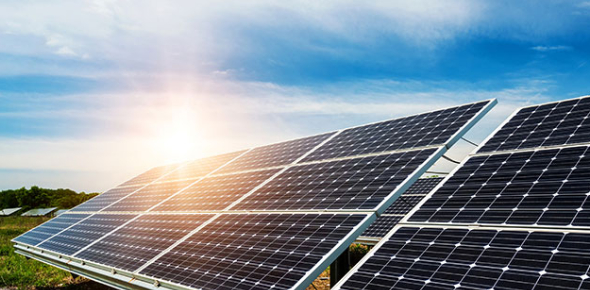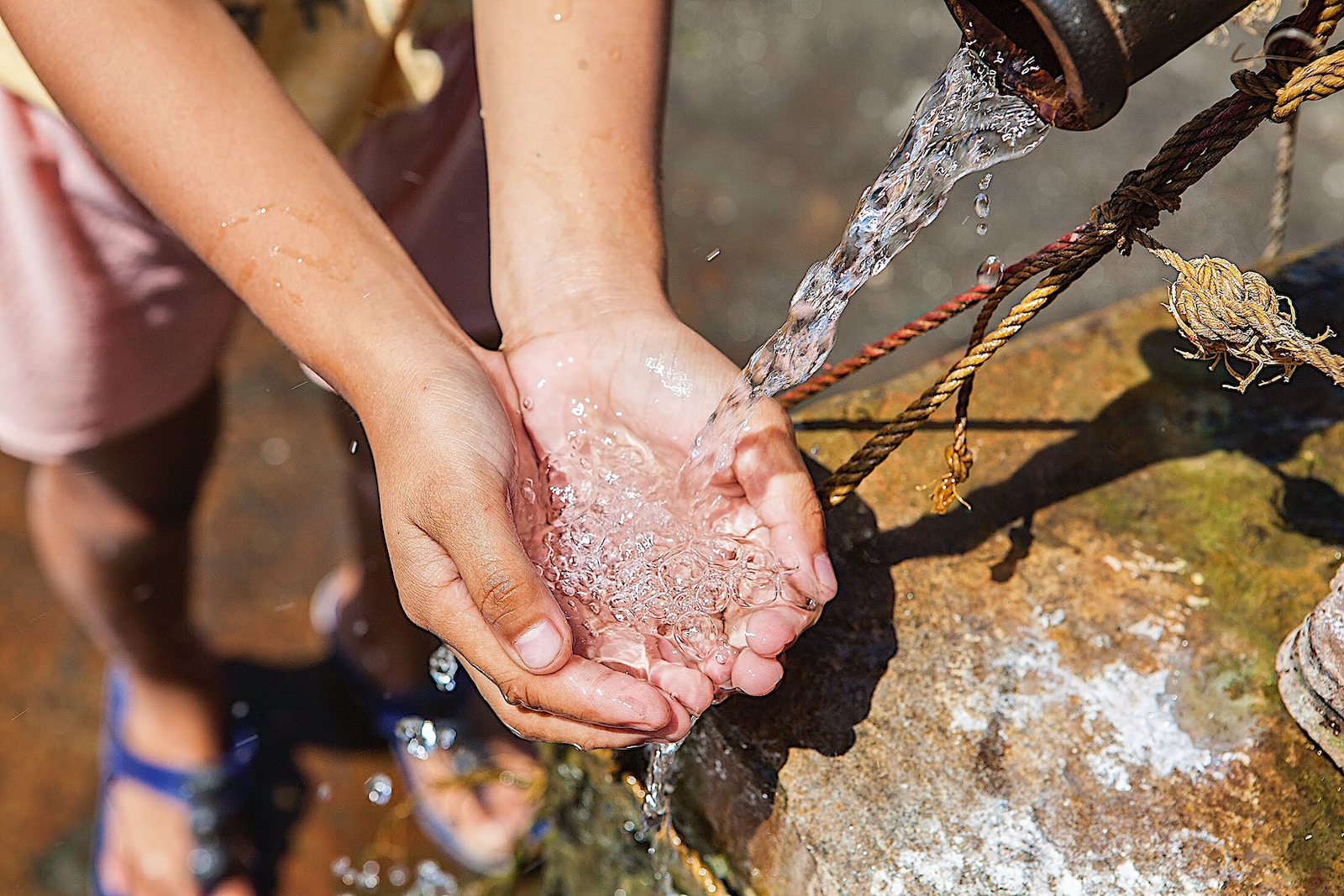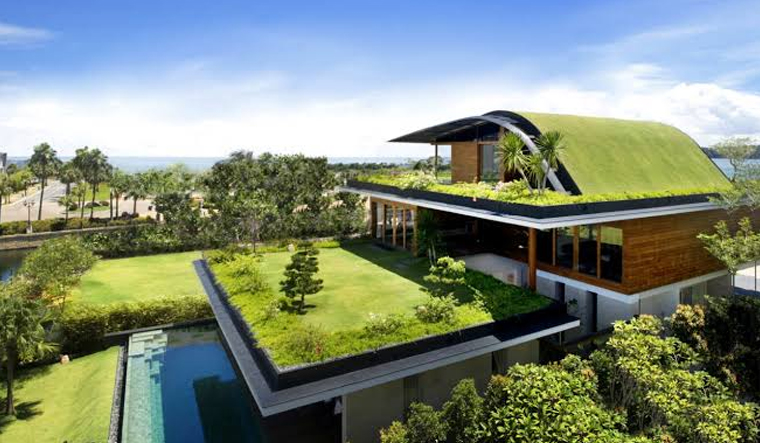Today, where sustainability is more than a trend; it’s a lifestyle, transforming your living space into a green sanctuary not only helps the planet but also adds value to your home.
This comprehensive look into sustainable home upgrades reveals how simple changes can lead to significant impacts, ensuring that your abode not only looks good but also does well.
Harnessing Solar Power

Solar energy is clean, renewable, and incredibly effective in reducing carbon footprints. By converting your home to solar power, you not only cut down on utility bills but also contribute to a greener grid. Unlike traditional energy sources that rely heavily on fossil fuels, solar panels produce electricity without harmful emissions or noise.
Installing solar panels involves assessing your home’s sun exposure, choosing the right panel type, and understanding local incentives for renewable energy investments.
Many regions offer substantial subsidies or tax breaks for homeowners who decide to go solar, making this upgrade more accessible than ever. The initial investment might seem steep, but the long-term savings and environmental benefits are immeasurable.
Smart Home Automation

Smart home automation systems can significantly reduce energy usage and waste, making your home not only smarter but also more eco-friendly. From smart thermostats to LED lighting systems that you can control from your phone, technology is reshaping how we live sustainably.
A crucial aspect of home automation is integrating smart home devices that communicate with each other to optimize energy use. For instance, smart blinds can adjust themselves based on the time of day to maximize natural lighting, reducing the need for artificial light.
These systems not only make life easier but also ensure that every bit of energy is used efficiently. As you dive deeper into home automation, you’ll discover that convenience and conservation can go hand in hand, transforming how you interact with your living space.
Water Conservation Techniques

Water is a precious resource, and conserving it is a key aspect of sustainable living. Simple upgrades like installing low-flow faucets, showerheads, and toilets can drastically reduce water use in your home without compromising performance.
These fixtures are designed to use less water per minute, meaning every flush or wash saves more water than traditional models.
Another effective strategy is setting up a rainwater harvesting system. Rain harvesting collects rainwater from your roof, which can then be used for gardening, flushing toilets, and other non-potable uses. It’s a dual-purpose solution that not only saves potable water but also reduces runoff during storms, which can help prevent local flooding and water pollution.
For those with a green thumb, redesigning your landscape to include drought-resistant plants or xeriscaping can significantly cut down on water usage while keeping your garden lush and vibrant.
By choosing plants native to your area, you minimize the need for water, fertilizers, and pesticides, further reducing your ecological footprint and embracing a garden that thrives naturally in its environment.
Enhancing Insulation and Energy Efficiency
Improving your home’s insulation is a critical step toward energy efficiency and sustainability. Proper insulation helps maintain temperature, reducing the need for heating and cooling and thereby decreasing energy consumption.
Insulation upgrades can involve anything from adding extra layers in your attic to replacing old windows with energy-efficient ones that minimize heat loss.
Window upgrades, in particular, can be transformative. Modern double or triple-glazed windows not only keep heat in during the winter and out during the summer but also reduce noise pollution.
Additionally, sealing gaps and cracks around doors and windows with weather stripping or caulk can prevent air leaks and further improve energy efficiency. These enhancements not only make your home more comfortable but also lower energy bills and reduce your environmental impact.
Embracing Electric Vehicles (EVs)
As sustainable living extends beyond the home itself, adopting an electric vehicle (EV) becomes a natural progression. EVs represent a significant step forward in reducing reliance on fossil fuels and decreasing greenhouse gas emissions.
Transitioning to an EV not only aligns with an eco-friendly lifestyle but also positions you at the forefront of automotive technology.
Choosing an EV involves considering the range, charging options, and available models. Many new EVs offer ranges that easily cover daily commuting needs, and with advancements in battery technology, long trips are becoming increasingly feasible.
Home charging stations are a convenient upgrade for EV owners, allowing you to charge your vehicle overnight and begin the day with a full battery.
For those who commute or travel frequently, the expansion of EV commercial charging stations has made it easier than ever to stay charged on the go.
These stations often feature rapid charging capabilities, meaning it’s easy to charge at EV commercial charging stations at work or while running errands. This accessibility ensures that owning an EV is not just a sustainable choice but also a practical one.
Adopting sustainable upgrades in your home is an empowering path toward a more eco-friendly and efficient lifestyle. These changes not only benefit the environment but also enhance the quality of your life, making your home a beacon of sustainability and forward-thinking in your community.

